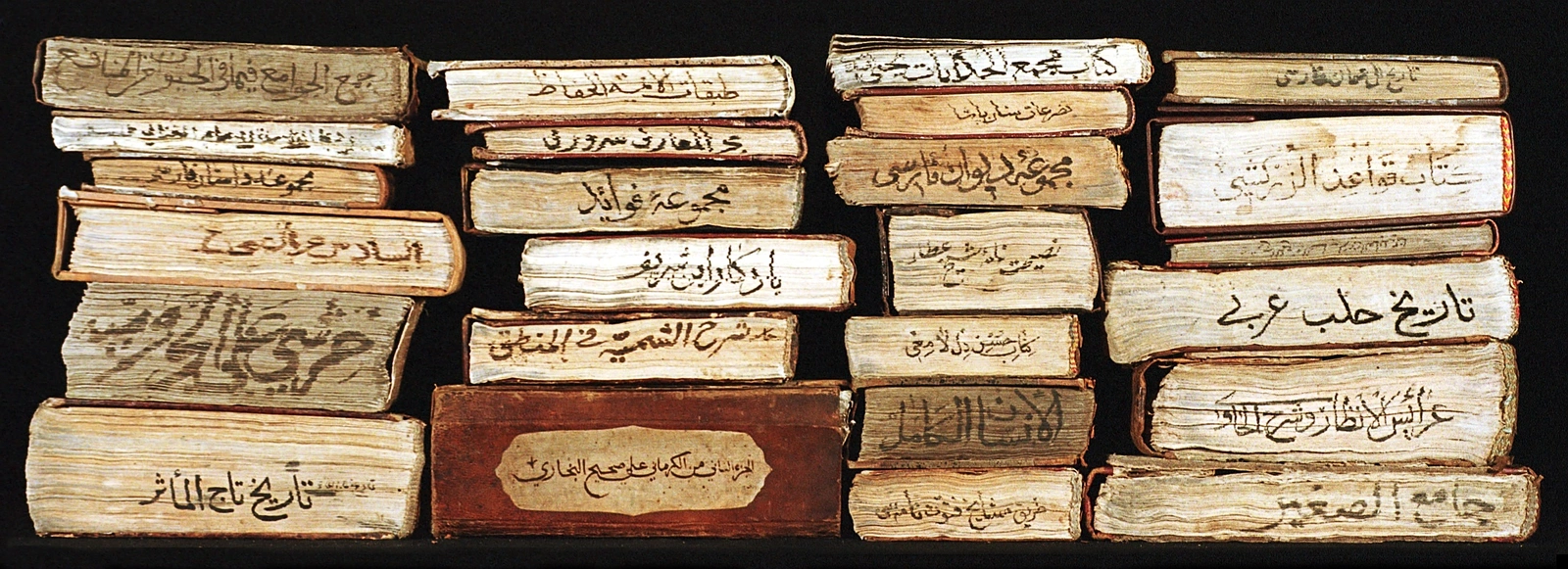The collection of oriental manuscripts preserved by the Gotha Research Library comprises more than 3,500 volumes – the third largest collection of its kind in Germany.
The collection was assembled mainly in the early 19th century. It covers a multi-faceted spectrum of Islamic scholarship and includes works from the fields of theology and jurisprudence, medicine and natural history, grammar, lexicography and literature. Treatises on history and biography are also part of the collection.
The library acquired the first manuscripts in the second half of the 17th century through additions such as the scholarly library of the Jena theologian Johann Ernst Gerhard (1621–1668). The decisive acquisition phase began under the Dukes of Saxe-Gotha-Altenburg, Ernest II (1745–1804) and his son August (1772–1822). They sponsored the research trips of the natural scientist Ulrich Jasper Seetzen (1767–1811) and commissioned him to purchase manuscripts as well as interesting “natural and artistic products” in order to expand the existing collection, which was small and consisted mainly of copies of the Qu'ran and prayer books.
During his nine-year journey through the Middle East, Seetzen acquired a total of around 2,700 manuscripts for the dukes, mainly in Arabic, Turkish and Persian. His acquisition practices gave the oriental manuscript collection in Gotha its special character. Besides renowned works, Seetzen purchased numerous unique or rarely preserved manuscripts and testimonies of oriental everyday culture.
When Seetzen died under unknown circumstances in Yemen in 1811, he had only compiled incomplete inventories of his acquisitions. The first major work offering an overview of the collection was the catalogue created by the orientalist and librarian Johann Heinrich Möller (1792–1867) in 1825/26. It covers a total of 965 manuscripts and was later supplemented by a list of locations.
The indologist and philologist Wilhelm Pertsch (1832–1899) created new cataloguing standards, which are still appreciated today. Between 1856 and 1893, he acquired further oriental manuscripts in Gotha, and he was the first to index the collection according to the languages used – Arabic, Persian and Ottoman Turkish. He divided the Arabic manuscripts into 25 groups according to the content-based system he had developed. Later, various scholars continued the cataloguing.
Since 2000, the Gotha Research Library has been indexing new acquisitions and recording them in the Library’s database of oriental manuscripts.
Research and use
Database of oriental manuscripts of the Gotha Research Library
Other catalogues and research tools
Use
Oriental manuscripts can be consulted in the special reading room by appointment.
Digitisation orders: order form for download



